
(7:00-10:00)
1. What does a dynamic culture do, according to the first speaker?
2. What did piano's epitomise in early New Zealand?
3. What kind of piano is used by Michael Parekowhai in his work?
4. What is the title of the work?
5. Where was the piano invented?
6. What is the significance of taking this piano to Italy for the artist?
7. What "complete[s] the work" for the artist?
8. What does the pianist say the piano is a "metaphor" of?
9. In what senses, besides as a musical instrument, is this artwork an "instrument"?
1. What kind of song is "Ten Guitars"?
2. What kinds of timbers have been used to make the guitars?
3. "We're all sort of bits and pieces" - how does this statement connect with the way the instruments are made?
4. What's the nice thing about guitars to Michael? What makes a guitar special?
5. What is the function of a guitar in Maori life?
The new Lighthouse sculpture by Michael Parekowhai on Auckland's Queens Wharf. Photo / David St George / Auckland Council
Why do you think sculptor, Michael Parekowhai chose to create this kind of house for the artwork?
The House
Extract from a newspaper article:
"Looking across to the North Shore, where Parekowhai grew up, and east toward Bastion Point, he immediately thought of a house - "a simple modest house that everyone would recognise and that had a huge amount of social, political and cultural history."
Thinking about surrounding office and apartment towers, he decided he didn't want to create another tall structure which would compete with existing city buildings. He wanted something on a human scale, which suggested human activity and humanity."
"We read about state houses and undertook practical research, driving around Auckland, photographing details." - Michael Parekowhai
Discuss:
Walking around the house, can you see differences from a conventional home? Has anything been changed or adapted? Why?
Discuss:
1. Who was Captain Cook?
2. Why did he come to New Zealand?
3. Is there an equivalent of "Captain Cook" in your country? Someone with the same kind of status?
Looking at Cook, why do you think he's been represented this way? Consider the pose, size, materials, surroundings.
The stars
1. What do you think the stars meant to the people of the Pacific?
2. What did they mean to Cook?
"When deciding on constellations to realise in neon and locating them within the house, we were influenced by the position of the stars during Matariki."
- Micheal Parekowahai
- Micheal Parekowahai
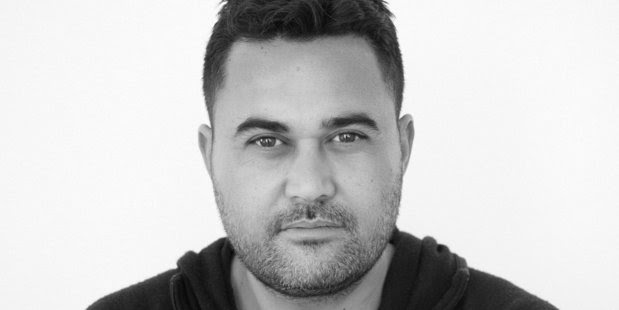
Tangata Pasifika news story on In Pursuit of Venus
Muliple choice:
1. Artist Lisa Reihana's video installation was inspired by
a) a Polynesian history lesson
b) a piece of wallpaper from France
c) an electric shock
2. The video portrays
a) first encounters between Europeans and Polynesians
b) six years
c) the future
3. Captain Cook was in the Pacific
a) to discover new lands
b) to record the transit of Venus
c) to find a wife
4. The word "infection" speaks to
a) the international pursuit of science
b) sickness and disease
c) being changed forever by new experiences
5. The intention of the work is
a) to reclaim the power to represent the Pacific
b) to enjoy different places
c) to combine performance and art
6. The artist is proud to show the work in Auckland because
a) art lovers will come and see it
b) Maori and Pasifika people will see themselves in it
c) the work was made in Auckland
Muliple choice:
1. Artist Lisa Reihana's video installation was inspired by
a) a Polynesian history lesson
b) a piece of wallpaper from France
c) an electric shock
2. The video portrays
a) first encounters between Europeans and Polynesians
b) six years
c) the future
3. Captain Cook was in the Pacific
a) to discover new lands
b) to record the transit of Venus
c) to find a wife
4. The word "infection" speaks to
a) the international pursuit of science
b) sickness and disease
c) being changed forever by new experiences
5. The intention of the work is
a) to reclaim the power to represent the Pacific
b) to enjoy different places
c) to combine performance and art
6. The artist is proud to show the work in Auckland because
a) art lovers will come and see it
b) Maori and Pasifika people will see themselves in it
c) the work was made in Auckland
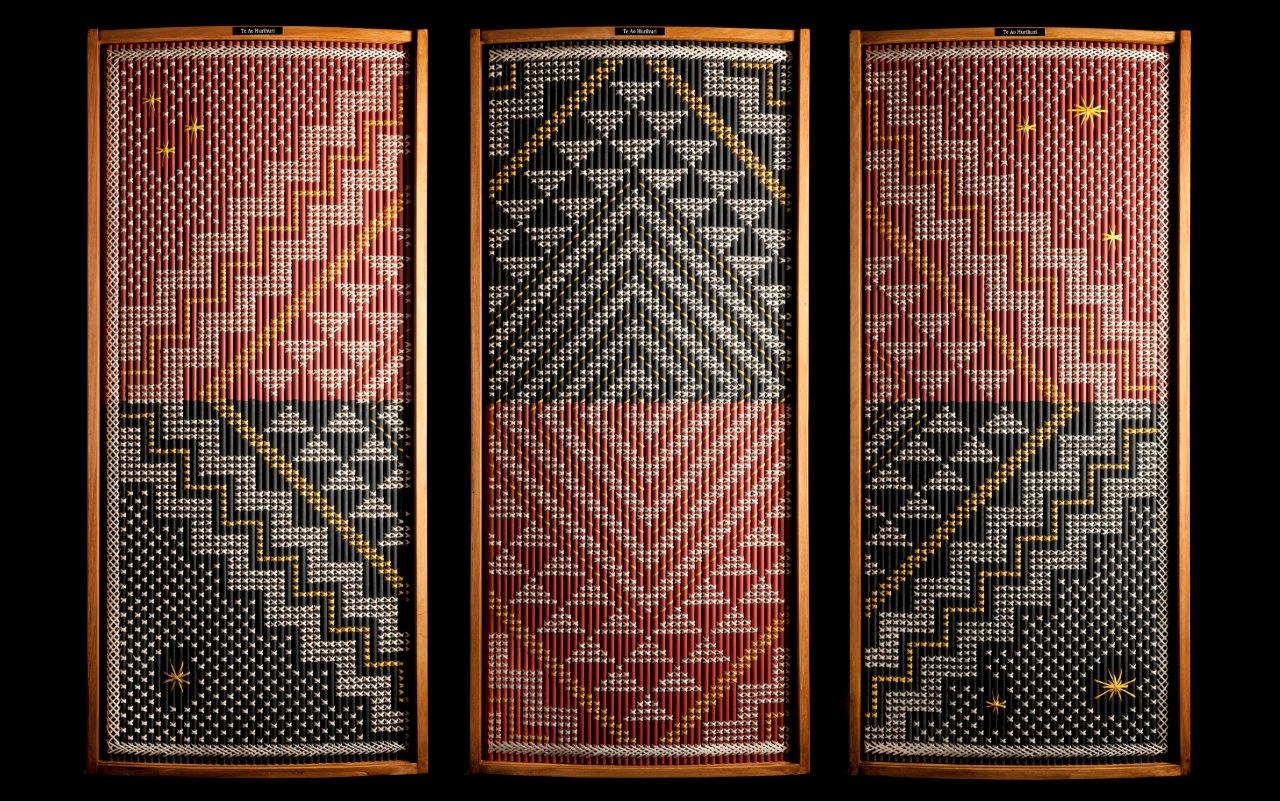

Eric Lee-Johnson (Hokianga artist)
Watch:
Tukutuku panels bound for New York
1. How many panels are travelling to New York?
2. the panels are destined to grace the NZ wall of the UN building. What does the verb to "grace" mean here?
3. Who helped the Matekino, the expert weaver, complete the tukutuku panels?
4. Which side of the panel did Matekino work on?


Matariki
In 2019, from 25 to 28 June, Matariki will re-appear in the dawn sky – signalling the start of the Māori New Year. It is a time to celebrate new life, to remember those who've passed and to plan for the future.

Watch:
Tukutuku panels bound for New York
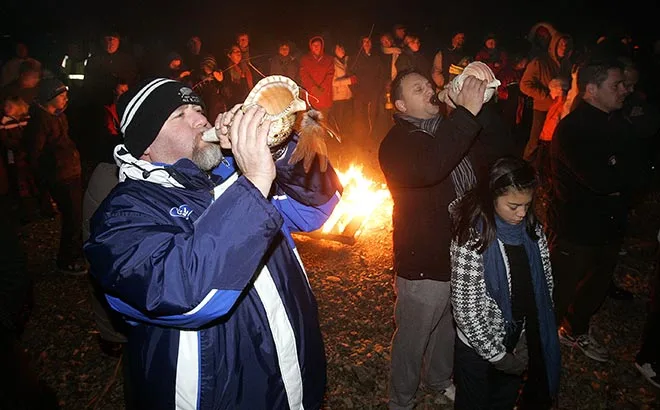
In Ancient Greece, the Pleiades were Alcyone, Celaeno, Electra, Maia, Merope, Sterope, and Taygeta, companions of the goddess Artemis, the twin sister of Apollo. Represented here in a medieval painting (c. 850).

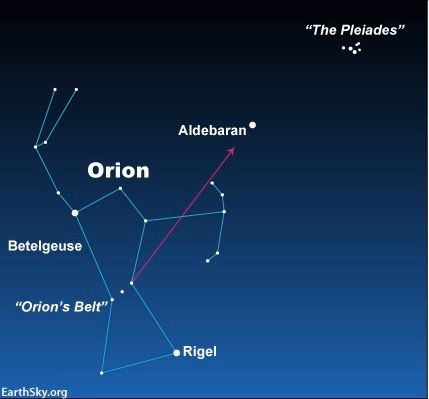
Northern sky

Southern sky

Southern sky
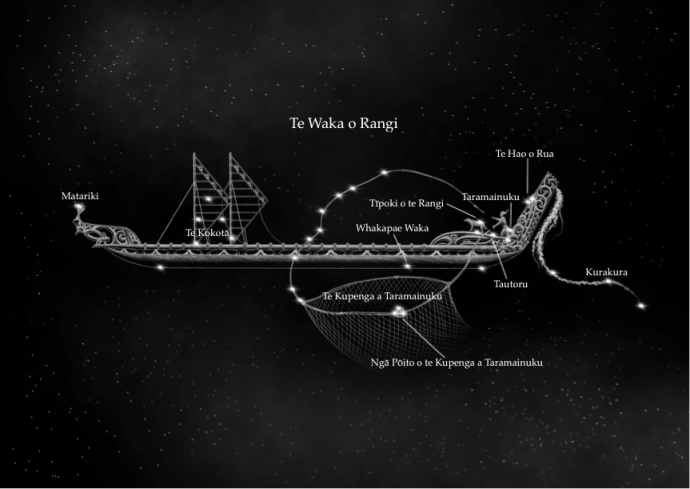
Te Waka o Rangi
Dr Rangi Matamua on Matariki
23:35 25:15
1. Why is Tupuaarangi above Tupuaanuku?
2. Why is Waitii above Waitaa?
3. What are Waipunarani and Ururangi above everything else?
4. What is special about Pohutukawa and Riwaterangi?

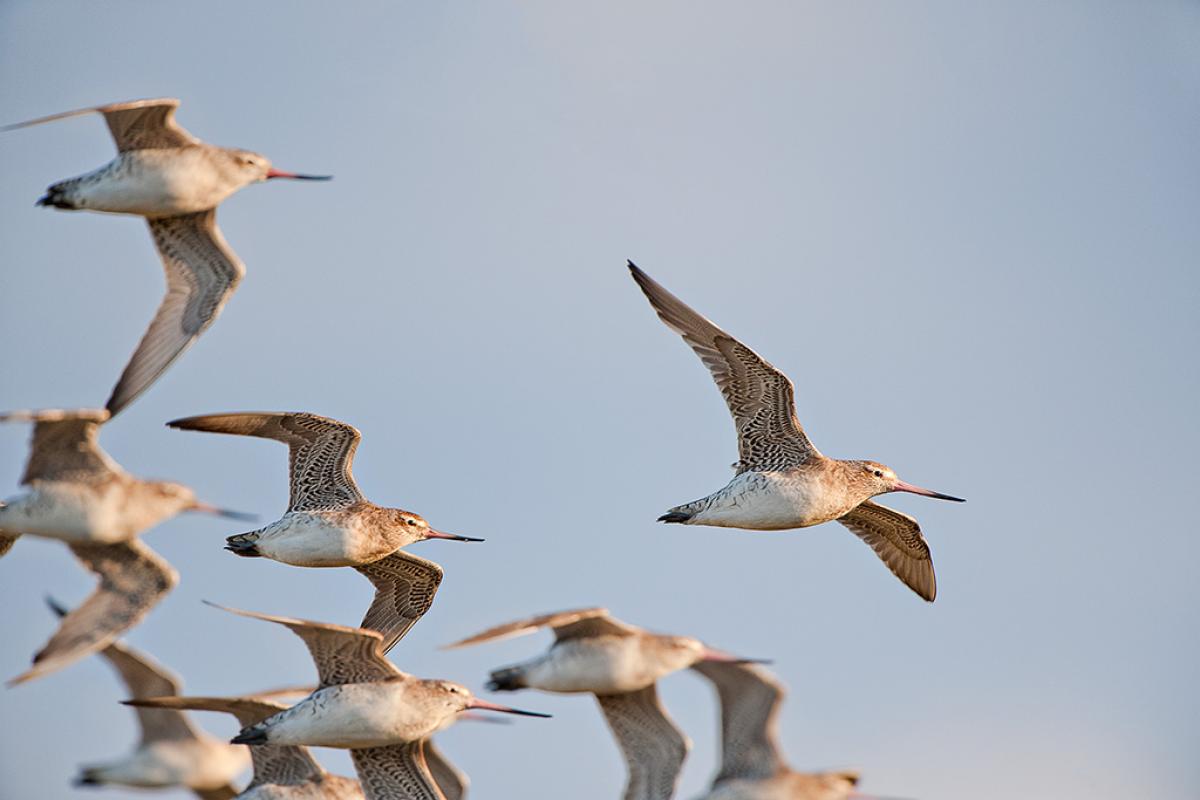
He Kuaka - the Godwit
Watch the video and answer the questions:
1. Godwits are "canaries in the coal mine" - what does this expression mean?
2. Where do the birds breed?
3. Where do they go after they come to New Zealand?
He Kuaka
In Spring the kuaka or godwit depart from their breeding nests in the great Siberian and Alaskan tundra and return to the rich feeding grounds provided by Aotearoa’s tidal flats and coastal marshes. In ancient times this annual arrival of the kuaka was looked as a great event.
For Maori the kuaka were birds of mystery. They feature prominently in our mythology. It was believed that they came from, or at least passed through, the ancestral home, Hawaiki.
Kua kite te kohanga kuaka?
Who has seen the nest of the kuaka?
Ko wai ka kite I te hua o te kuaka?
Who has ever held the egg of the kuaka?
In some tribal traditions the whakapapa of the kuaka starts with Karihi, grandson of Tangaroa. Karihi is the kuaka’s father and Kauitara the mother. These two are believed to be the parents of all sea birds that fly in flocks, like kuaka, tara, and torea. In the formative period of living creatures on this earth it is said to have been the task of the kuaka to fly to the furthest seas to call together all sea birds to fight for a share of the harvest of river fish claimed by land birds.
Who are Karihi and Kauitara?
A) the parents of all birds
B) the parents of many kinds of sea birds
C) the parents of the land birds
Kupe
Roadside stories: Kupe in the Hokianga
Part 1:
1. How long ago did Kupe make his exploration of New Zealand?
2. What is Kupe credited with?
3. Who named New Zealand "Aotearoa" and what does it mean?
4. What brought Kupe to Aotearoa?
5. What struck Kupe about the Hokianga?
Part 2:
6. What does Te Pou Ahi mean?
7. What does Hokianga-(nui)-a-Kupe mean?
8. What does Kohukohu mean?
9. What did Kupe leave at the mouth of the harbour?
10. How did he create one of the taniwha?

Kupe memorial anchor stone, and St Lukes Anglican Church, Pakanae marae, Hokianga, Northland, New Zealand
1. How long ago did Kupe make his exploration of New Zealand?
2. What is Kupe credited with?
3. Who named New Zealand "Aotearoa" and what does it mean?
4. What brought Kupe to Aotearoa?
5. What struck Kupe about the Hokianga?
Part 2:
6. What does Te Pou Ahi mean?
7. What does Hokianga-(nui)-a-Kupe mean?
8. What does Kohukohu mean?
9. What did Kupe leave at the mouth of the harbour?
10. How did he create one of the taniwha?

Kupe memorial anchor stone, and St Lukes Anglican Church, Pakanae marae, Hokianga, Northland, New Zealand
Kupe and Kuaka

Kupe is assumed to have followed the path of the kuaka on his journey to Aotearoa. The traditions of the Ngati Awa and Ngai Tahuhu hold that, when living on one of the small islands in the Pacific, they noticed that the kuaka migrated every year in a southerly direction, returning from the same point. From this evidence the ancestors of these tribes deduced that land was to be found in that direction and two canoes were outfitted for the voyage to what has become known as Aotearoa.
Kuaka on the wing are known as “waka kuaka”. Their cries are loud as they fly along. During daylight the ancestors followed the course of the flight in their canoes by observing the direction of the flight. In the night they would listen for the cries of the kuaka on their way to the south above the fleet of canoes and so be guided by them
Ko te kaupapa waka kit e moana hoe ai ko te kahui atua kit e ranga rere ai
Whilst the fleet of canoes over the ocean are paddled, the flocks of gods are above in the heavens flying.
1. The connection between the story of Kupe's voyages and the kuaka bird is
A) there is evidence Kupe introduced the birds into New Zealand
B) the birds followed Kupe to New Zealand
C) Kupe followed the birds to New Zealand
2. During the nights of the voyage the ancestors
A) listened for the cries of the birds to guide them
B) ate the birds
C) observed the direction of their flight
Having completed their return journey from the north, a flight of around 12,000km, the kuaka arrive in Aotearoa in great swarms of whanau clusters.
These clustering flocks have been described as “hau te kapakapa – the flapping wind”.
As the numbers build they may be numbered in thousands and lend themselves to metaphors. This following saying about a thousand godwits in flight relates to a number of men working with adzes on the creation of a canoe and the flying chips they produce.
Ka kite a te rere maramara! Me te pukai kuaka!
Like a godwit flock was seen a flight of chips
Te Reigna is the departing place for the spirits of the dead as they follow the setting sun to the world of darkness and their future life in Hawaiki. Their soft murmurings as they take leave has been compared to the rustling of wings and the twitterings of kuaka as they set out, hence this proverb
Me he kahui kuaka
Ralph Hotere
Ralph Hotere Godwit/Kuaka 1977
Ways of looking at this painting:
Notice the progression through the colour spectrum.
Notice the importance of black. Notice the use of symmetry in the colour progression.
Can you see the relationship between a progression from light to dark and back to light and a journey across the surface of the earth?
To concepts to keep in mind:
Te kore - the void. The realm of potential.
Rere - fly, run, floe, disperse, rise, leap, to catch on
Mihi - greet, welcome
Karanga - call out, summon
pōwhiri - welcoming ceremony on a marae.
Black Paintings
1. What "family" of artists does Hotere belong to?
2. How has Hotere's style been described?
3. What is the work painted on?
4. Why, according to the curator, does Hotere like the reflections?
5. Why is Hotere interested in subtraction?











No comments:
Post a Comment